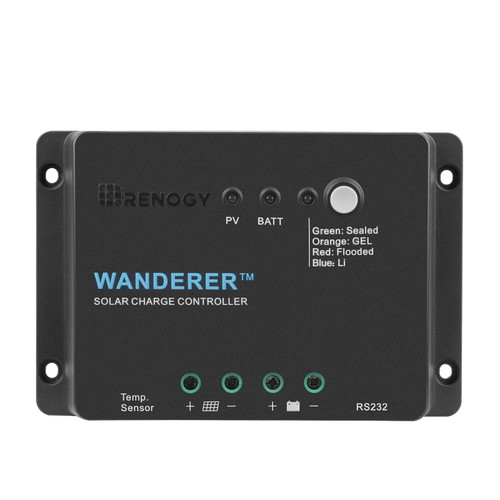Sverige
A Brit in Sweden
I’m hoping some of you can help me find a good candidate to match my needs, which I would list as follows:
- Affordable 40A MPPT charge controller (under $200)
- Can handle my array of 2 x 160W poly panels in parallel (18.1 Vmp). Partially shaded location, hence parallel connections
- Can charge 4S LiFePO4 100Ah prismatic cells via Daly Smart BMS 80A
- Wifi connected with iOS mobile app allowing remote viewing of charge current, logging and graphing of daily power generated and consumed Wh or KWh on monthly charts
At present my attention has been focussed on the Wipanda.com eSmart3 plus iCloud expansion box and “Mygreen” solar app. This device is quite affordable at around €139 here in Europe.
My concern is whether this app will run on the latest iOS versions (some comments online that on iOS 13 and above it cannot connect to the charge controller). Also whether the eSmart 3 can handle 2 panels in parallel at 12V nominal. Finally if the controller will allow programming of charging voltages to suit LiFePO4 4S.
Since I don’t know much about which mppt controllers are available, I thought I’d ask for recommendations.
Edit: corrected panel spec from Voc to Vmp
- Affordable 40A MPPT charge controller (under $200)
- Can handle my array of 2 x 160W poly panels in parallel (18.1 Vmp). Partially shaded location, hence parallel connections
- Can charge 4S LiFePO4 100Ah prismatic cells via Daly Smart BMS 80A
- Wifi connected with iOS mobile app allowing remote viewing of charge current, logging and graphing of daily power generated and consumed Wh or KWh on monthly charts
At present my attention has been focussed on the Wipanda.com eSmart3 plus iCloud expansion box and “Mygreen” solar app. This device is quite affordable at around €139 here in Europe.
My concern is whether this app will run on the latest iOS versions (some comments online that on iOS 13 and above it cannot connect to the charge controller). Also whether the eSmart 3 can handle 2 panels in parallel at 12V nominal. Finally if the controller will allow programming of charging voltages to suit LiFePO4 4S.
Since I don’t know much about which mppt controllers are available, I thought I’d ask for recommendations.
Edit: corrected panel spec from Voc to Vmp
Last edited:





